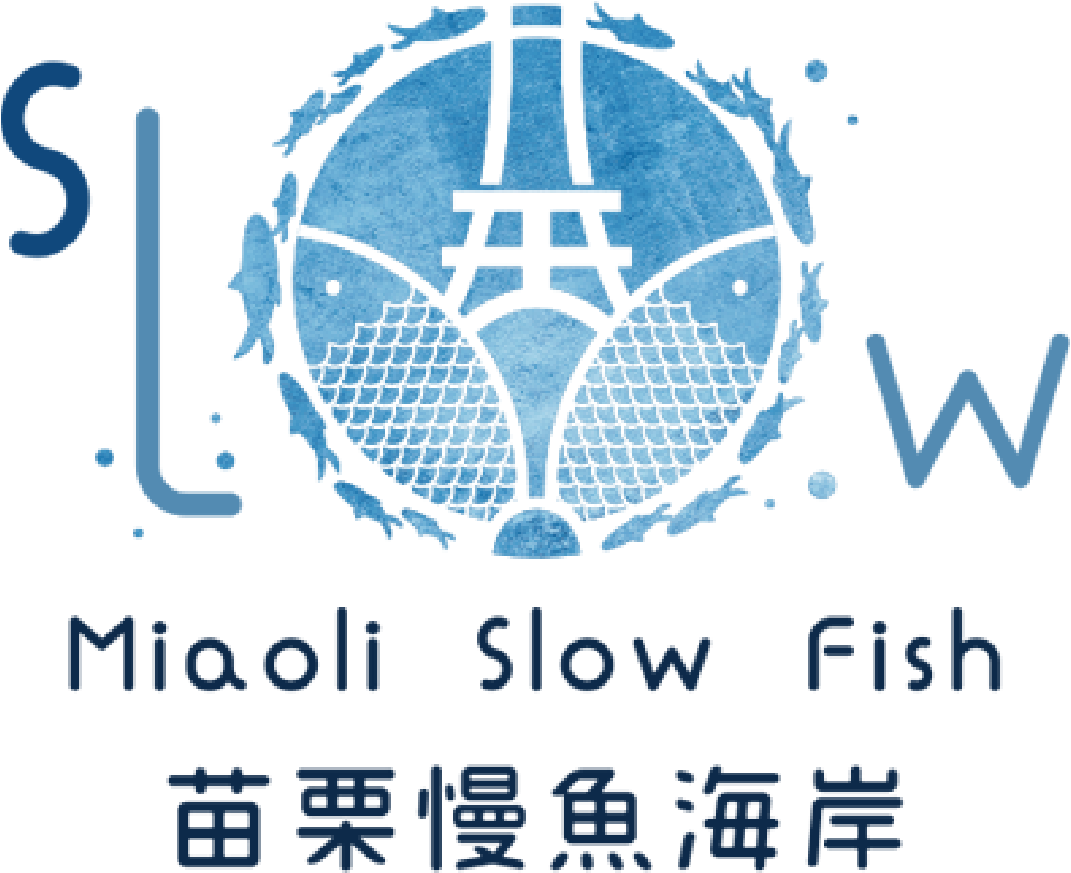Fishing Locally

"Pole fishing" is to fish by a fishing rod, which allows fishermen to utilize different combinations of fishing tools based on different targets. Although the volume of fish catch would be less in each round, the catch could be taken best care of, thus being able to provide the best quality to consumers.
Comparing with net fishing, pole fishing impacts less on the marine habitats, which is quite suitable to use in the artificial reef area in Miaoli. Many fishermen here are best-in-class pole fishing experts.
The common catch in local area includes threadfin porgy, miichthys miiuy, chicken grunt, terapon jarbua and various kinds of groupers.

Fixed net is a fishing method that places the net in a fixed location in the sea. It is a passive fishing method as the net would form a giant sea maze that waits for fish crowds that go with sea waves to flow into the net. The fixed net will be set in the location for several months per year, which also works as an artificial reef that could enrich the surrounding ecosystem.
The fish crowds would swim to the box-shaped net located at the end of the maze, allowing fishermen to pick the catch they would like to have while letting small fishes go. Also, those going-astray whales, sea turtles and other protected species would also be released. This makes fixed net a quite eco-friendly fishing method.
The catch collected from the fixed net in Miaoli is diverse, common ones including argehead hairtai, pomfret and fish larva. These would be sent to the fish market in Long Fong Fishing Port for auction. Do not miss out if you would like to have a taste.
Miaoli County is a mountainous place with fewer plains and is blessed with abundant clean water and stable climate throughout the year, making it the best environment for hairy crab farming. Miaoli government spent great efforts to assist local suppliers to succeed in hairy crab farming. In 2011, the government signed a "Hairy Crab Farming Technologies Agreement" with Shanghai Ocean University. The school has dispatched a dedicated team to Miaoli to help local suppliers improving techniques of reproduction and farming, as well as providing feeds containing exclusive nutrient composition. All of these have greatly improved the quality of hairy crab produced in Miaoli, enabling the brand of "Miaoli Supreme Hairy Crabs" to be successfully built up.
Besides introducing quality techniques, the processes of hairy crab farming is also strictly managed and controlled, including feed testing and inspections, water quality inspections, pre-launch drug testing and so on. An exclusive certificate of origin is established while anti-counterfeit ring-shaped labels are attached to the crabs. Both certifications can only be issued after passing 64 inspections of drug and dioxins residue. There is also a QR code provided with anti-counterfeit laser mark on each crab to prove the genuineness of the exclusive certificate of origin.
Consumers can scan the QR code printed on the ring-shaped labels to know where the hairy crab comes from, who the supplier is, as well as to access comprehensive test reports of production and other information. This allows consumers to be able to enjoy the delicacies at ease without health concerns.


Traditional Fishing Methods



The fishing weir is a low wall in splayed-arch or semicircle shape that encircles as a fish trap, which is built by fishermen with big and small stones in the intertidal zone. When tide rises, fish crowds would swim into the weir for food; when tide recedes, these fishes would be trapped in the weir as the sea level has become lower than the weir. This allows fishermen to catch fish based on the timing of high and low tides.
As modern fishing gears and equipment continue to innovate and improve while the problem of emigration gets worse, these fish weirs have once faced challenges of being crumbled and perished. The techniques of establishing and repairing fish weirs also get into a difficult situation that no younger talents seem willing to be trained as inheritors. Nowadays, these fish weirs are no longer used to catch fish, but are transformed to one tourist attraction, hoping this traditional fishing method could be preserved and passed on in such manner.
There are only two left now among the 23 fish weirs in Houlong township of Miaoli, which are "He-huan Weir" and "Mu-nai Weir." Both are the most well-preserved weirs in Taiwan. Inside "He-huan Weir," you can even see star-, moon- and sun-shaped weir walls. To the south of Houlong, the most famous weir is the one called "Zhuang-yuan Weir" (which means "Champion") in Yuanli Township. The fish weir is not only a fishing tool or structure, but also represents a rich social culture.

Taiwanese beach seine is one of traditional fishing methods in Taiwan. Whether to apply this method depends on the tides and weather conditions. Once the conditions are allowed, fishermen would sail bamboo rafts or sampans to the sea and spread their nets to encircle entire schools of fish. People who stay on the shore would help to pull the ropes altogether to bring nets to the shore.
In the early days, when fishing season comes, residents living in coastal villages would take turns standing guard by the sea. Once a shoal of fish appears, villagers would apply this method to catch them. Anyone who has helped can share the catch. This is a very important fishing method back then.
This long-lasting method in Taiwan requires lots of people to collaborate, which has already stopped applying for many years due to emigration, aging residents, lack of skilled fishermen and other reasons. Now, it has become an activity for tourists to participate, allowing this ancient fishing method to be preserved. Currently, this method is still taught in both Houlong and Zhunan townships in Miaoli, which also randomly opens to the public to experience.

 Miaoli Slow Fish
Miaoli Slow Fish